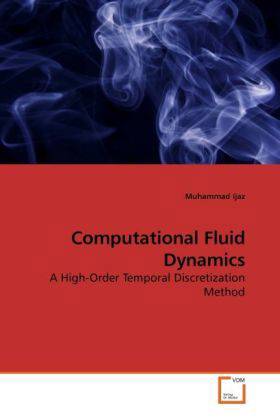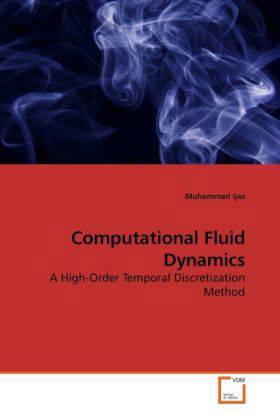
- Afhalen na 1 uur in een winkel met voorraad
- Gratis thuislevering in België vanaf € 30
- Ruim aanbod met 7 miljoen producten
- Afhalen na 1 uur in een winkel met voorraad
- Gratis thuislevering in België vanaf € 30
- Ruim aanbod met 7 miljoen producten
Zoeken
Omschrijving
Majority of the current numerical simulation methods for time-dependent flows are limited to second order accuracy in time discretization. Moreover, usual simulation methods rely on explicit time discretization methods for which numerical stability of solution is generally guaranteed only with very small time step sizes. Major commercial CFD software programs provide options for implicit time advancing, but the accuracy is limited to second order in time. In this book a stable simulation method is proposed that can be used to achieve arbitrarily high order of accuracy in time advancement in simulation of time-dependent flows and heat transfer. The strategy is to combine the state-of-the-art mathematical tools with proven flow simulation algorithms to develop simulation techniques with higher-order accuracy. A special class of implicit Runge-Kutta methods is used in conjunction with SIMPLE algorithm. The proposed method is called SIMPLE DIRK method. This book will be helpful to university students and researchers who are involved in research and code development for simulation of time-dependent flows and heat transfer.
Specificaties
Betrokkenen
- Auteur(s):
- Uitgeverij:
Inhoud
- Aantal bladzijden:
- 124
- Taal:
- Engels
Eigenschappen
- Productcode (EAN):
- 9783639211719
- Verschijningsdatum:
- 5/01/2010
- Uitvoering:
- Paperback
- Formaat:
- Trade paperback (VS)
- Afmetingen:
- 152 mm x 229 mm
- Gewicht:
- 190 g

Alleen bij Standaard Boekhandel
+ 116 punten op je klantenkaart van Standaard Boekhandel
Beoordelingen
We publiceren alleen reviews die voldoen aan de voorwaarden voor reviews. Bekijk onze voorwaarden voor reviews.











